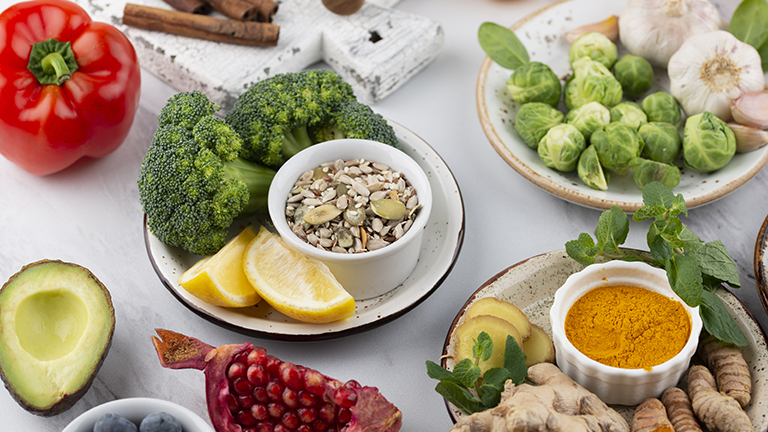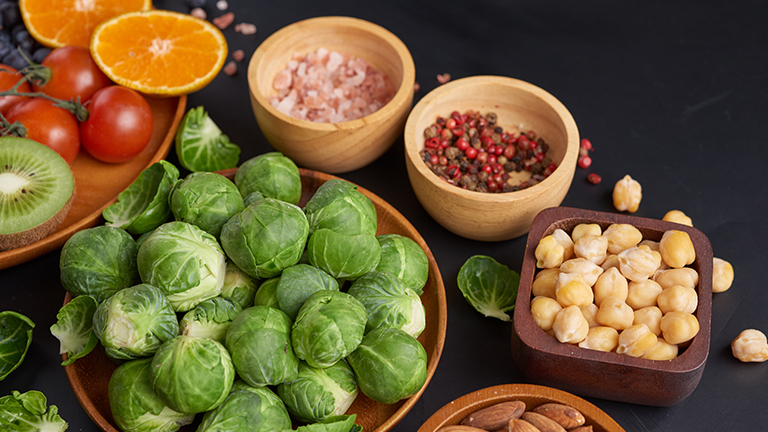Acquaintance to Nitric Oxide
What is Nitric Oxide?
Nitric oxide, or NO if you wanna sound cool, is basically your body’s secret weapon for keeping everything running smoothly. We’re talking heart health, blood flow, even how your muscles perform. It’s like nature’s own chill pill for your blood vessels, telling them to relax and let the good times (and blood) roll. Without enough of this stuff, your body’s not exactly running at full power. Seriously, it’s wild how one little molecule can make such a huge difference.
Why Nitric Oxide is Important for Your Body
Let’s talk about nitric oxide—yeah, that random-sounding gas your body actually loves. When you’ve got enough of it floating around, your muscles get more oxygen (so you don’t feel like you’re dying after climbing a couple flights of stairs). It’s not just about bench-pressing more, either—your brain digs it too, so you might actually remember where you put your keys. Heart health? Check. Less chance of your arteries staging a revolt.
But when your nitric oxide tanks are running on empty? Not cute. Blood pressure goes up, circulation tanks, and suddenly you’re the person at the gym who’s always out of breath. Honestly, your body just works better when nitric oxide is doing its thing.
Top Nitric Oxide Foods
Wanna crank up your nitric oxide levels without popping pills? Pretty easy fix—just eat smarter. Here’s the stuff that actually works:
Beets (and Beet Juice, duh)
Beets are basically the MVPs here. They’re packed with nitrates, which your body flips into nitric oxide like some kind of bio-magic. Chug some beet juice or toss a few roasted beets in your salad, and—bam—better blood flow, lower blood pressure, all that jazz. Athletes swear by this stuff for a reason (and it’s not just the purple pee).
Leafy Greens (Spinach, Arugula, Kale, etc.)
You know that “eat your greens” line? Turns out, Grandma was onto something. Spinach, arugula, kale—they’re all nitrate powerhouses. They help your body pump out more nitric oxide, which is good news for your heart. Plus, you get a vitamin boost. Win-win.
Citrus Fruits
Vitamin C isn’t just for fighting colds. Oranges, lemons, grapefruits—they help keep nitric oxide from breaking down in your blood. Translation: better circulation. Your heart’s basically doing a little happy dance every time you eat a clementine.
Nuts & Seeds
Almonds, walnuts, flaxseeds—these guys are packed with arginine, which your body uses as a building block for nitric oxide. Snack on a handful and you’re helping your arteries stay flexible and happy. Plus, who doesn’t like a good nut?
Garlic and Onions
Garlic stinks up your breath, but it’s a nitric oxide superstar thanks to something called allicin. Onions pull their weight, too. Both help your blood vessels chill out a bit and fight off stress. Just maybe keep some gum handy.
Pomegranate
This fruit is like a little antioxidant bomb. Polyphenols in pomegranates protect nitric oxide from getting wrecked by free radicals. Basically—it helps the good stuff stick around longer, which is great for your ticker.
Watermelon
Yeah, watermelon isn’t just for picnics. It’s loaded with citrulline, which turns into arginine (see above), and that means more nitric oxide. Bonus: it keeps you hydrated and helps with muscle recovery, so you have an excuse to eat more of it after a workout.
Honestly, if you’re looking for a boost, just start piling these foods on your plate. Science backs it up, and hey, it’s tastier than most supplements out there.
How Nitric Oxide Foods Boost Health
Better Blood Flow? Heck Yes
So, nitric oxide basically chills out your blood vessels, so stuff flows easier—think of it like opening up more lanes on a highway during rush hour. If you’ve got high blood pressure or your circulation’s not great, this is a big deal.
Amped-Up Workout Gains
You know those folks chugging beet juice before a run? Not just for kicks. Nitric oxide helps get more blood (and, yeah, oxygen) to your muscles. You’ll probably notice you don’t tire out as fast, and you recover quicker, too. That’s why athletes are all about foods with arginine or beetroot—nature’s own pre-workout, honestly.
Heart Health, the Real MVP
Eating stuff that boosts nitric oxide? Pretty much a win for your heart. We’re talking lower blood pressure, less gunk building up in your arteries, and just generally a lower shot at heart problems. Plus, your arteries stay all flexible and youthful instead of turning into crusty old pipes.
Brain Power Boost
Your brain? Loves good circulation. More nitric oxide = better blood flow up there, which means sharper thinking, better memory, and, you know, actually remembering where you left your keys. Plus, loading up on antioxidant-rich NO foods helps protect your brain cells from getting fried by stress. So, yeah, maybe don’t skip that spinach salad.
Tips for Maximizing Nitric Oxide Naturally
Maximize the Power of Food Combos
Here’s a trick that actually makes a difference: toss together nitrate-loaded veggies (like, say, spinach) with fruits packed with vitamin C—think orange slices in your salad. The vitamin C keeps nitric oxide from breaking down too fast, so your body actually gets more out of it. Simple, but kinda genius, right?
Lifestyle Moves That Give Your Nitric Oxide a Boost
Seriously, get moving. Regular exercise isn’t just for your mood or your waistline; it actually cranks up your body’s nitric oxide production. On the flip side, yeah, smoking and boozing? They’re like hitting the brakes on all that goodness. If you care about your NO levels (and your general vibe), chill out on those.
Oh, and one more thing—antioxidants. Load up on ‘em. They’re your body’s bodyguards, protecting nitric oxide from getting wrecked by oxidative stress. So, eat the rainbow. Your arteries will thank you.
Expert Opinion
Dr. Sarah Thompson knows her stuff—she’s all about heart health. She swears by nitric oxide-packed foods. We’re talking beets, leafy greens, citrus, the whole gang. Apparently, tossing more of these onto your plate can do wonders for your ticker and even give your workouts a serious boost. Natural compounds? Check. Actually works? Yep, and no sketchy side effects.
And before you roll your eyes—yeah, science backs this up. Studies say knocking back beet juice on the reg can drop your systolic blood pressure by, like, 10 points. Not bad, right? Oh, and if you’re into sports, get this: athletes saw their endurance shoot up by 16%. Honestly, those are some numbers you can’t really ignore.
Frequently Asked Questions (FAQs)
How fast does nitric oxide get a boost?
Honestly? Pretty quick. Down a glass of beet juice or munch on a bunch of spinach, and your nitric oxide levels can start climbing in just a few hours. But if you’re after those long-term heart perks, you can’t just do it once and call it a day. Gotta keep at it—consistency is the name of the game.
Can food alone really do the trick for nitric oxide?
Totally! If you’re piling your plate with leafy greens, beets, oranges, nuts, seeds—all that jazz—you’re already in good shape. Mother Nature’s got your back. Supplements? Meh, not always necessary unless there’s a special reason.
Any downside to going hard on nitrate-rich foods?
For most folks, you’re golden. Foods like beets and arugula are about as dangerous as a fluffy puppy. But if you’re pounding super-concentrated supplements, you might run into some tummy trouble or your blood pressure might dip a bit too low. If you’ve got health stuff going on, maybe check with your doctor before you start chugging beet shots.
So, do I actually need nitric oxide supplements?
If you’re healthy and eating right, nah, you’re probably fine without ’em. Athletes or people with heart issues might get a little extra edge from supplements, but that’s something to sort out with a doc—not something to self-diagnose.
Does cooking mess with nitric oxide levels?
Yeah, it can. Raw or just barely cooked veggies keep the nitrates intact. If you nuke your spinach into oblivion, you’ll lose a chunk of that good stuff. Quick steam or a fast sauté—that’s the way to go. So, sorry, boiled-to-mush veggies… you’re not helping anyone.


